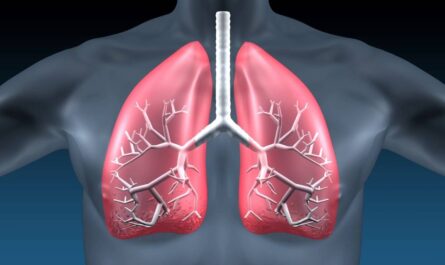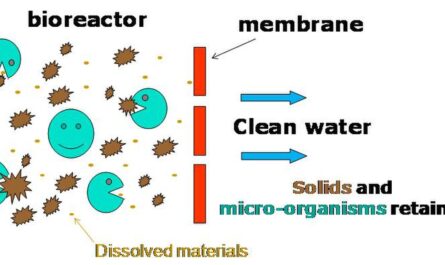Wearable Technology
Wearable technology has revolutionized how athletes monitor their performance and prevent injuries. Devices like Fitbit, Apple Watch and Whoop bands allow athletes to track metrics like heart rate, sleep quality, calories burned and more. This data gives athletes insights into how their training is impacting their body so they can make adjustments. It also helps identify fatigue or overtraining before an injury occurs. Some advanced wearables like Sensoria socks use sensors to detect changes in a runner’s stride that may indicate an injury is developing. This early detection allows injuries to be addressed promptly through rest or physical therapy.
Imaging Technology
Imaging technology plays a key role in sports medicine by allowing doctors to accurately diagnose and treat injuries. MRI and ultrasound machines provide high resolution images of muscles, ligaments, tendons and bones. This reveals even micro-tears or stress fractures invisible to the naked eye. MRIs are commonly used for knee, shoulder and ankle injuries in athletes. Sports Medicine Device can determine the type and severity of damage like tears in the ACL, meniscus or labrum. Ultrasound is a popular alternative as it is portable, less expensive and does not use radiation. Both tools guide treatment decisions like surgery, physical therapy or rest. They also monitor healing to ensure complete recovery before athletes resume high-impact activities.
Joint Bracing and Supports
Joint bracing and supports are frequently recommended for athletes recovering from injuries or those with joint instability issues. Knee braces are among the most common, using straps and rigid plastic or carbon fiber shells to protect the joint from unwanted movement. This helps rehabilitating ligaments and cartilage heal properly. Ankle braces provide similar support to stabilize injuries like severe ankle sprains. Wrist guards prevent further damage from repetitive impacts. Some braces incorporate hinges and springs to enhance muscle memory of proper movements. Neoprene compression sleeves also reduce swelling from minor sprains or strains while allowing full range of motion during exercise.
Regenerative Medicine Treatments
Regenerative medicine utilizes the body’s innate ability to heal itself through newer treatment approaches. Platelet rich plasma (PRP) injections deliver a concentrated dose of growth factors derived from a patient’s own blood. These stimulate stem cells in injured tissue like tendons or cartilage to accelerate healing. PRP is commonly used for tennis elbow, golfers elbow, Achilles tendonitis and knee injuries. Another option is bone marrow aspirate concentrate (BMAC) which sources stem cells directly from the bone marrow. The concentrated mixture is injected to aid regeneration of cartilage, tendons and ligaments. For severe osteoarthritis, surgeons may transplant collagen membranes impregnated with a patient’s own stem cells and growth factors into joints. These help repair damaged cartilage to relieve pain and restore mobility.
Physiotherapy Modalities
Physiotherapy plays a key role in sports medicine by helping athletes recover faster from soft tissue injuries and return to play at pre-injury levels. Modalities like therapeutic ultrasound, electrical stimulation, infrared light therapy and laser therapy all reduce pain and inflammation. They promote tissue regeneration through increased blood flow and stimulating the body’s natural healing response. Therapeutic exercises focus on rebuilding strength, range of motion, proprioception and neuromuscular control. Cryotherapy uses ice or cold therapy to immediately reduce swelling after acute injuries like ankle sprains or muscle strains. This provides pain relief and hastens when athletes can commence rehab exercises. Physiotherapists work closely with sports trainers, chiropractors and massage therapists to optimize each athlete’s recovery process.
the advances in sports medicine devices, technology and regenerative treatments have revolutionized injury diagnosis, prevention and rehabilitation for athletes. A multidisciplinary approach combining cutting edge medical innovations alongside traditional physiotherapy and rehabilitation remains key to getting athletes back in the game at their best. Continued research will yield even more advanced solutions to optimize athletic performance safely well into the future.
About Author - Money Singh
Money Singh is a seasoned content writer with over four years of experience in the market research sector. Her expertise spans various industries, including food and beverages, biotechnology, chemicals and materials, defense and aerospace, consumer goods, etc. LinkedIn Profile



